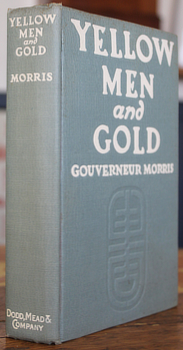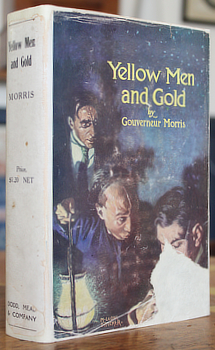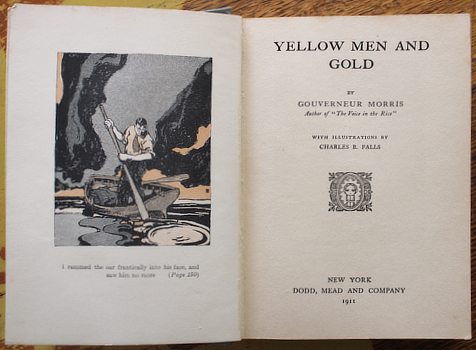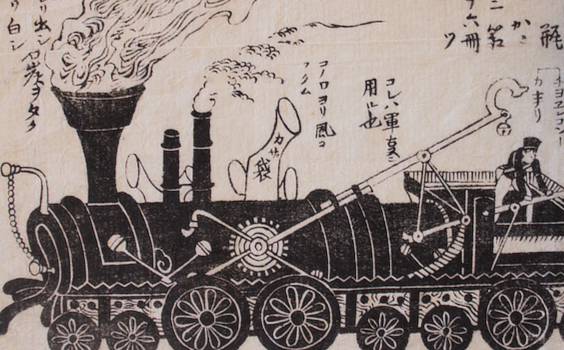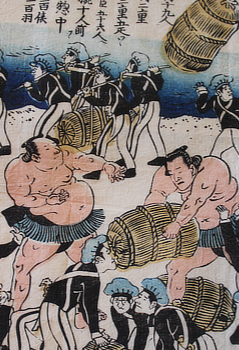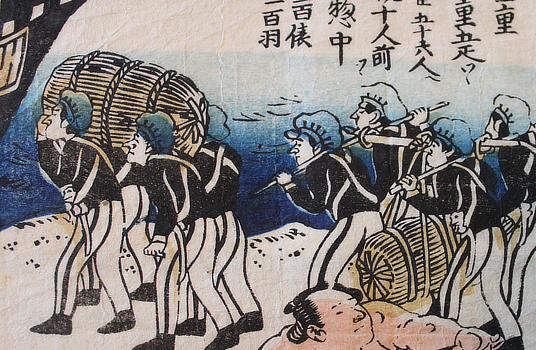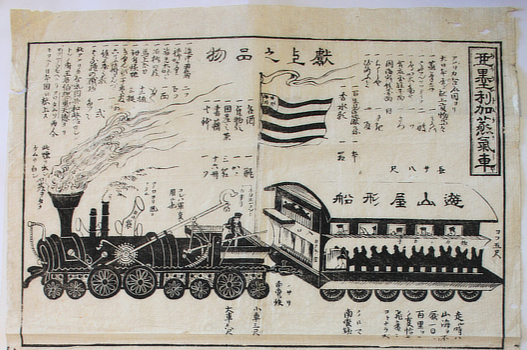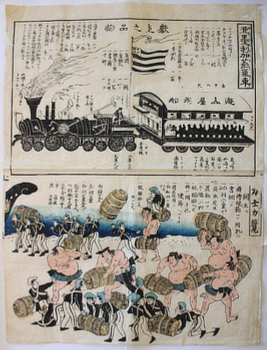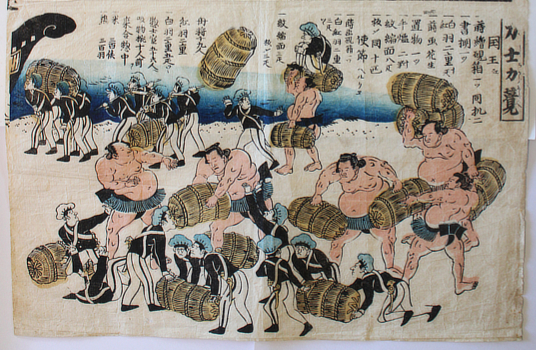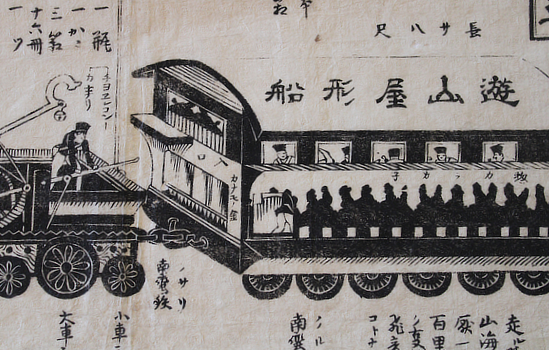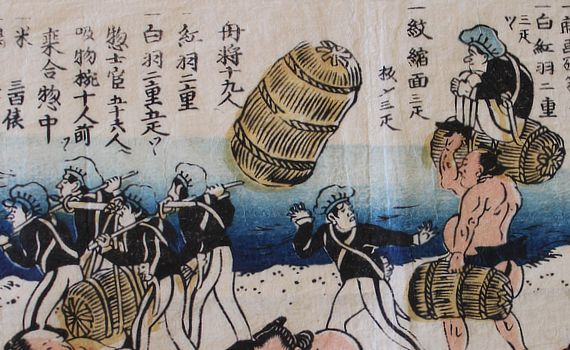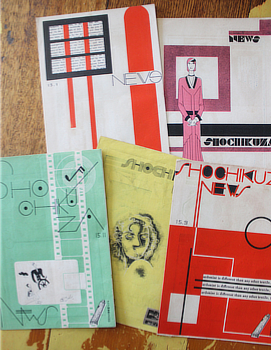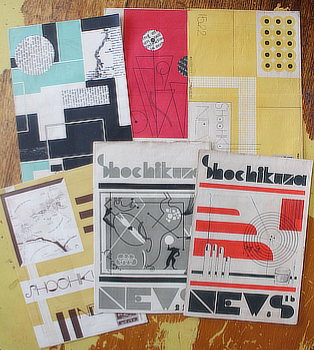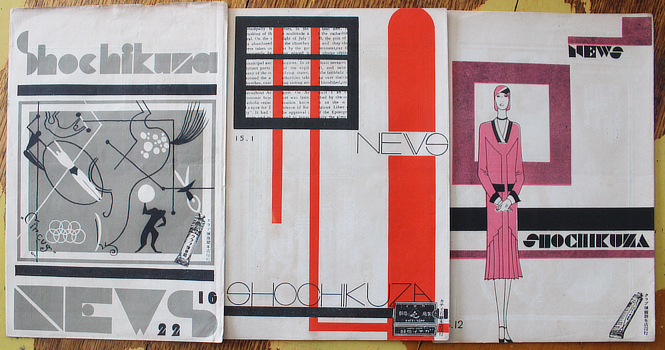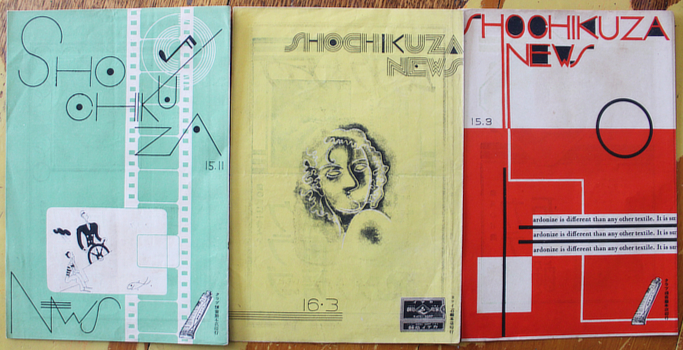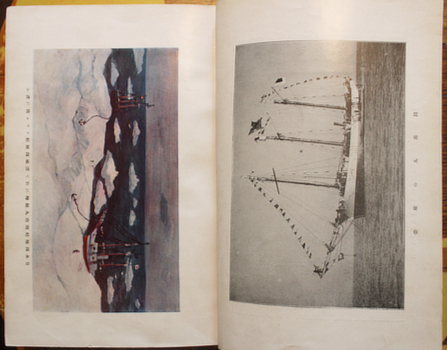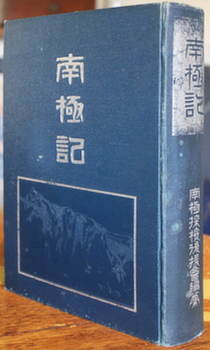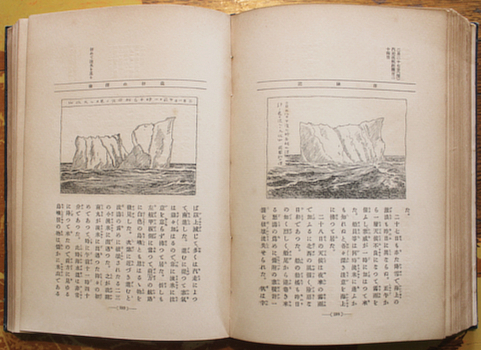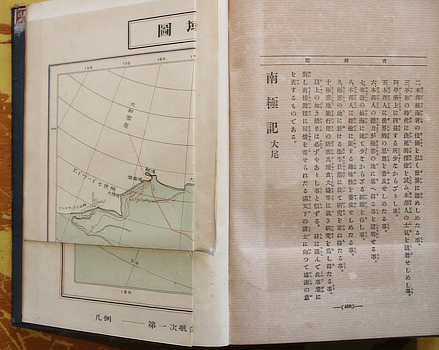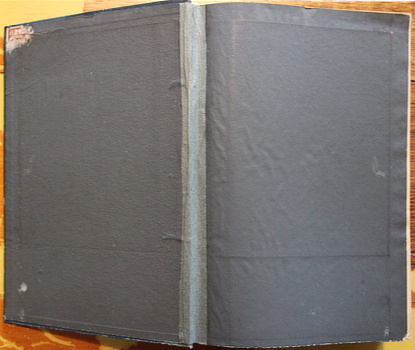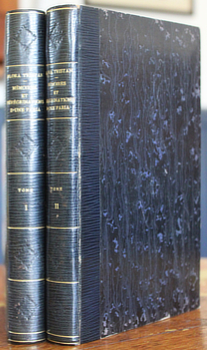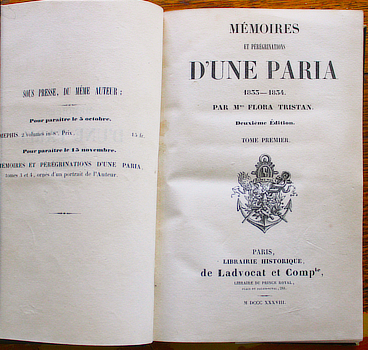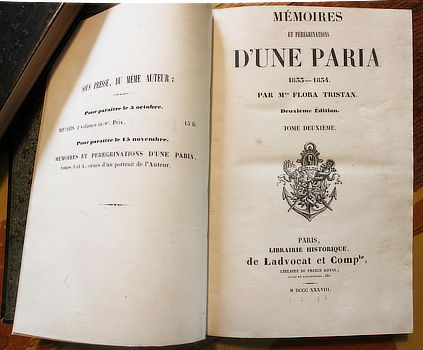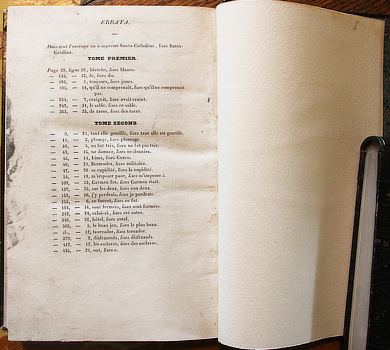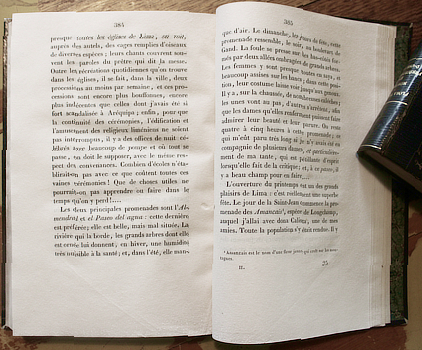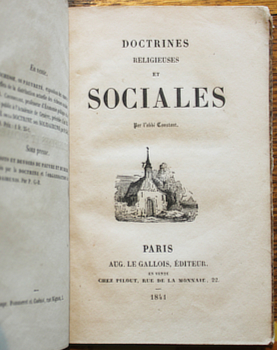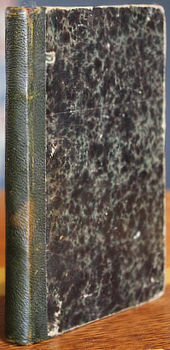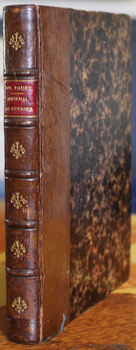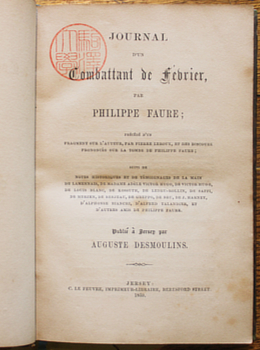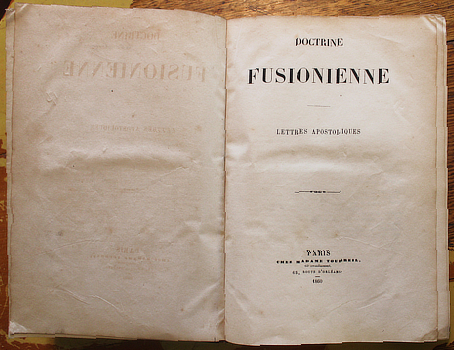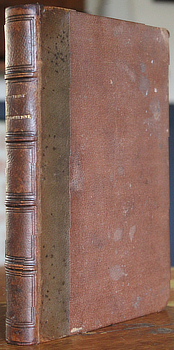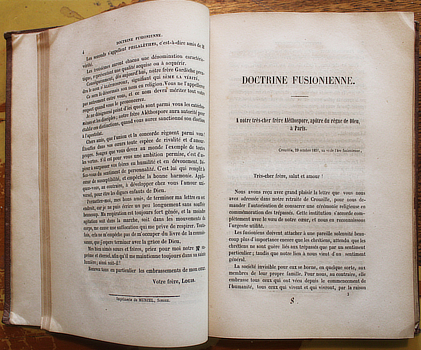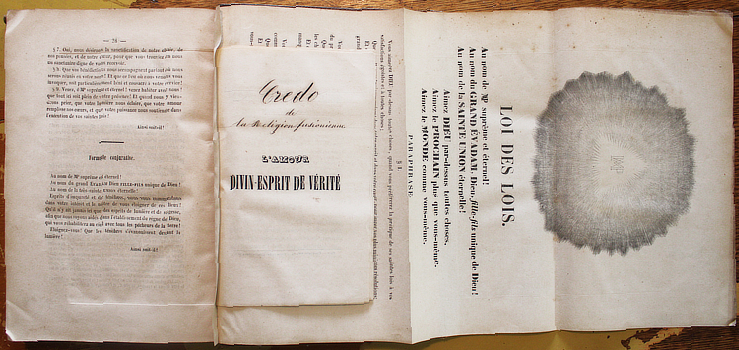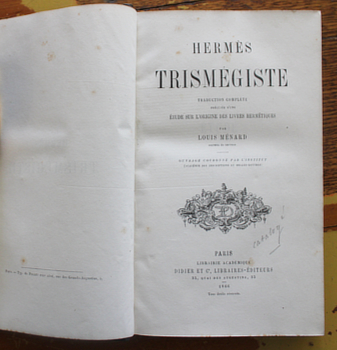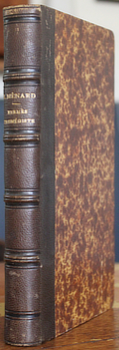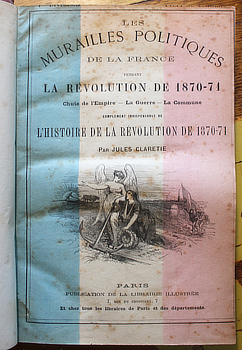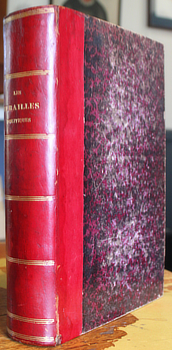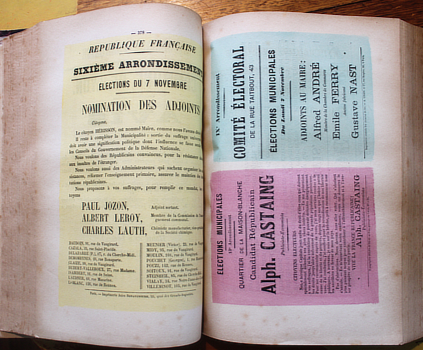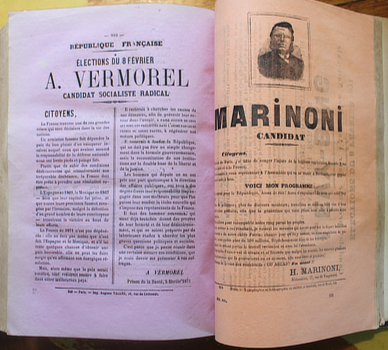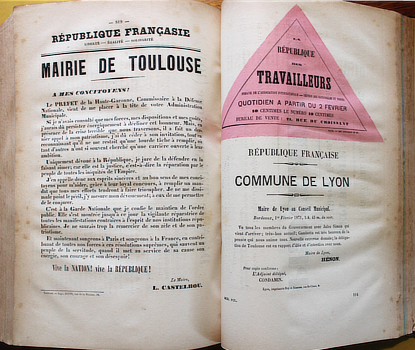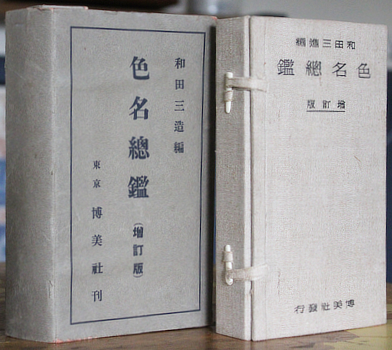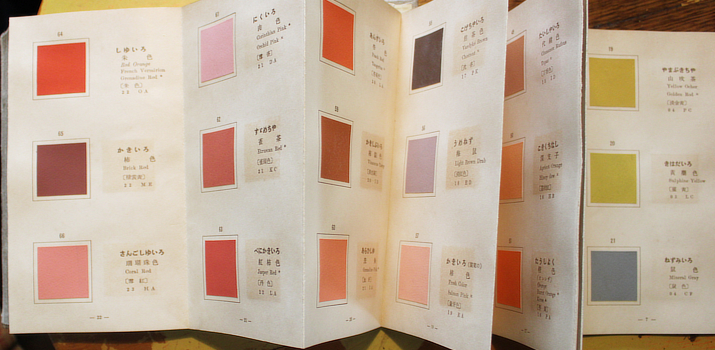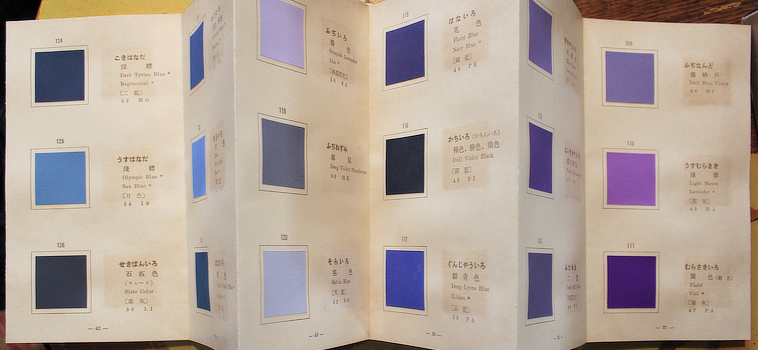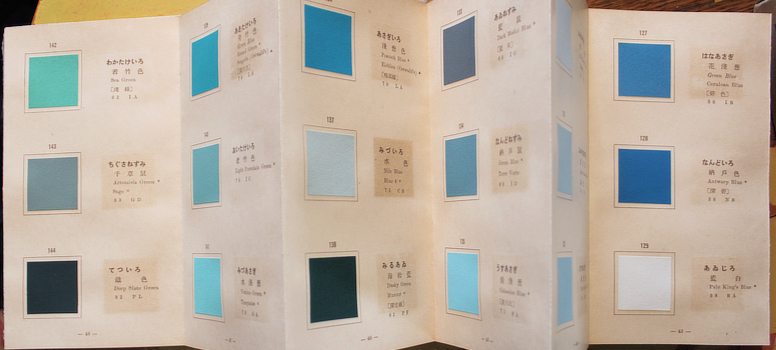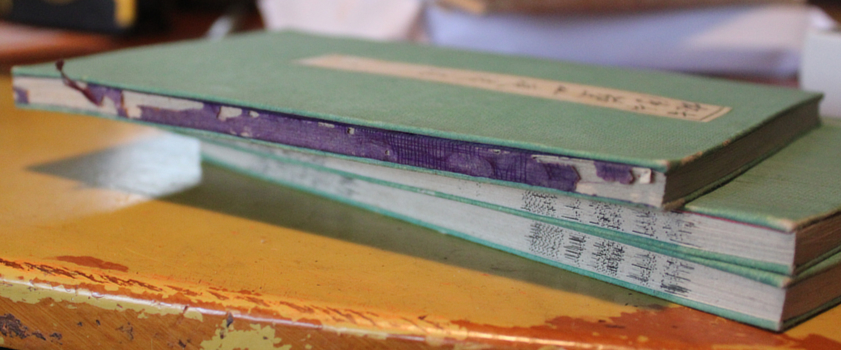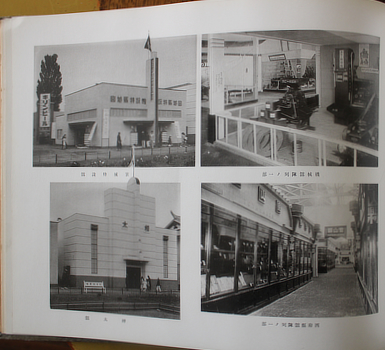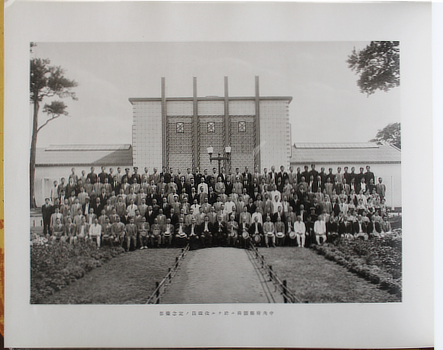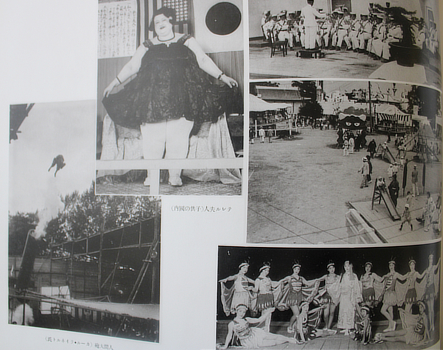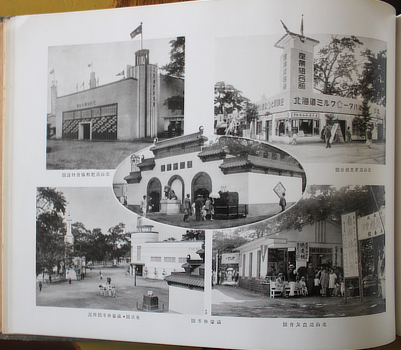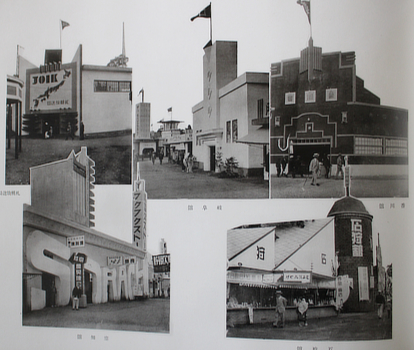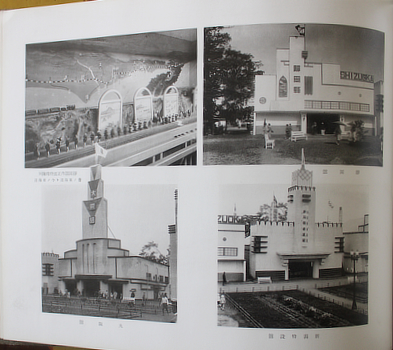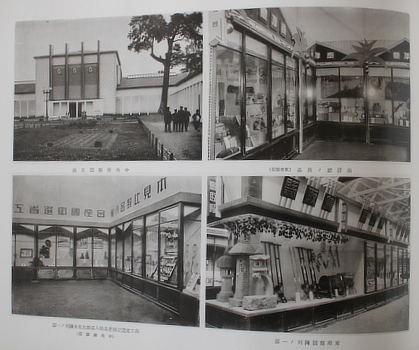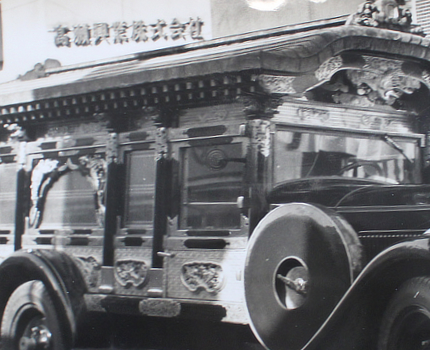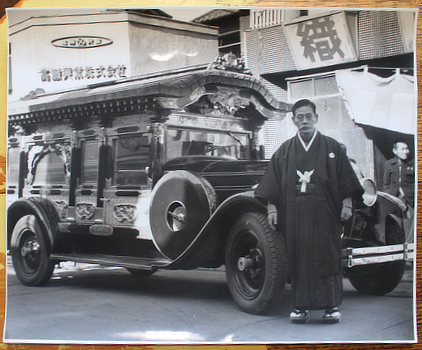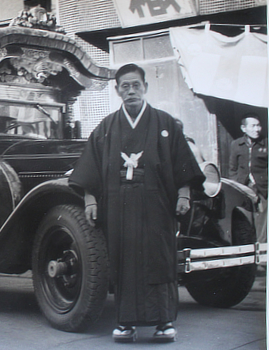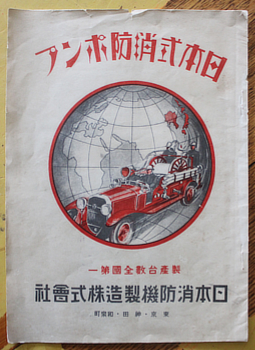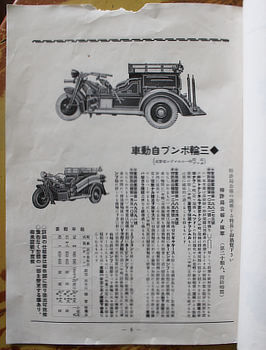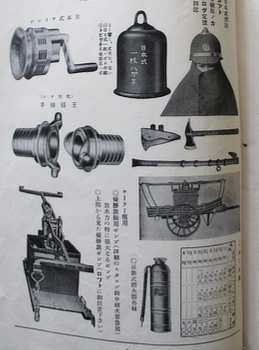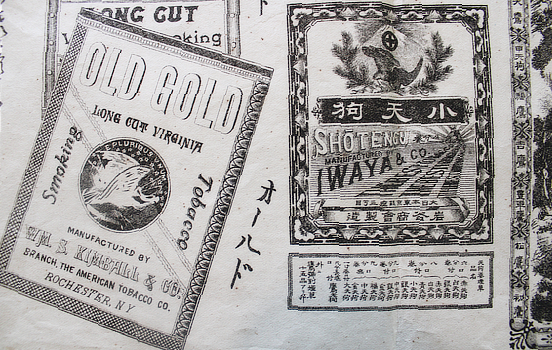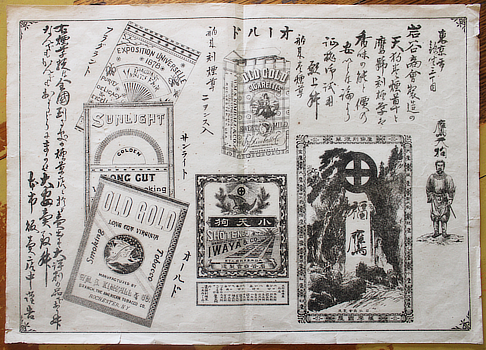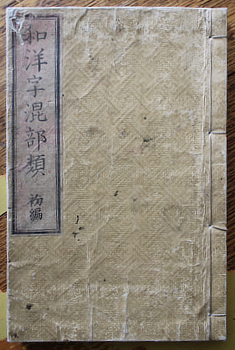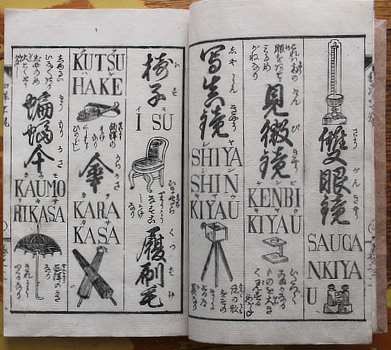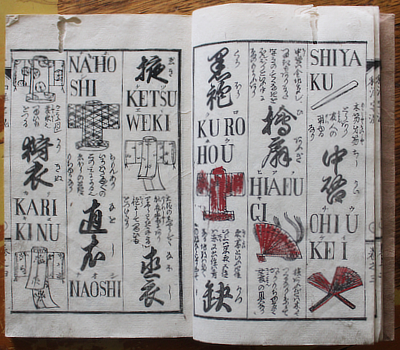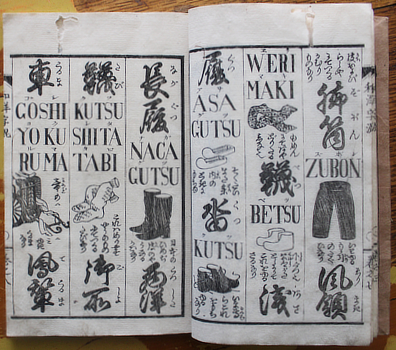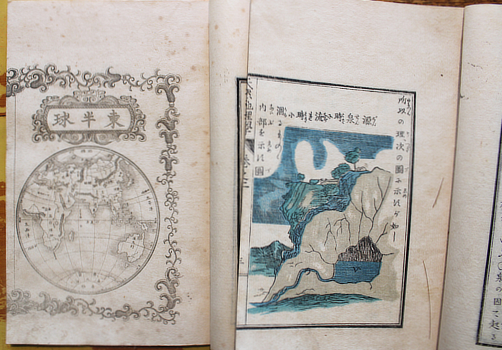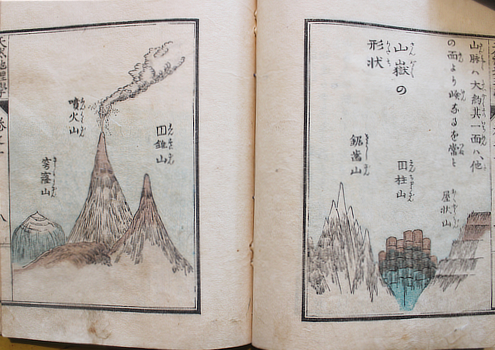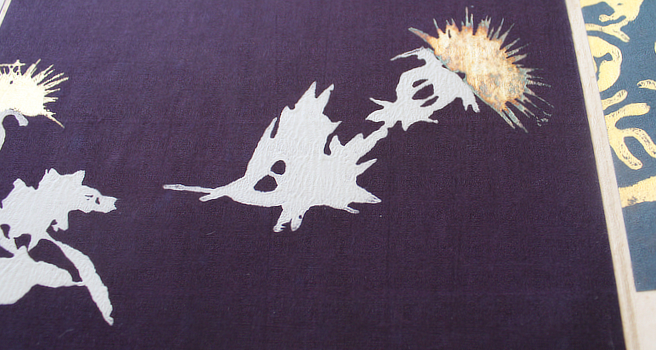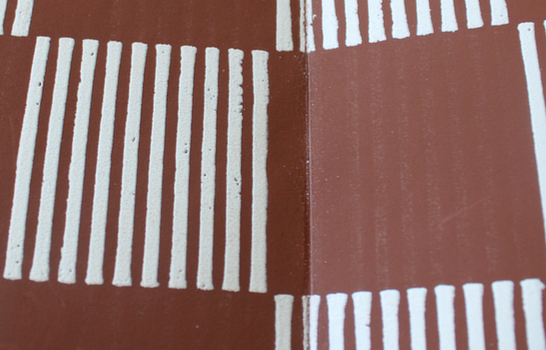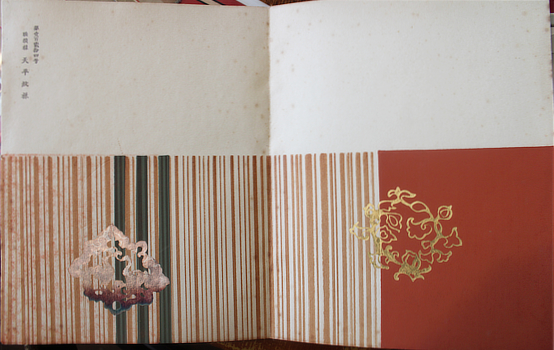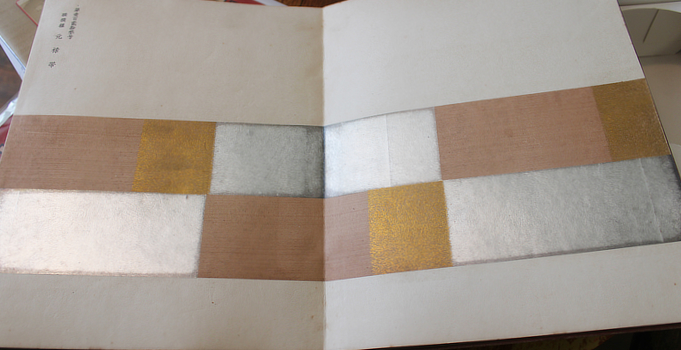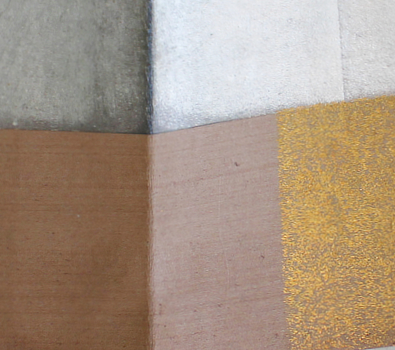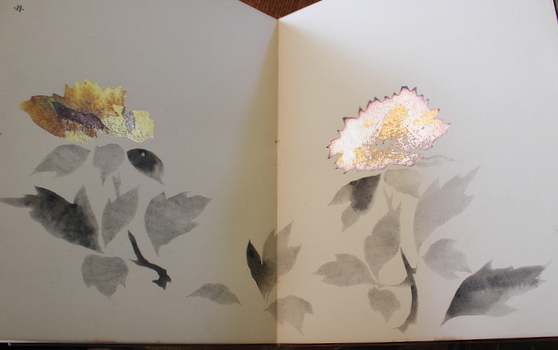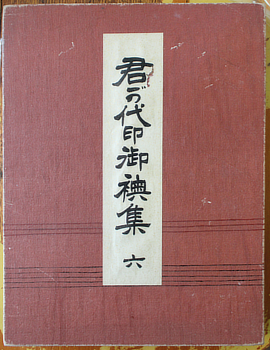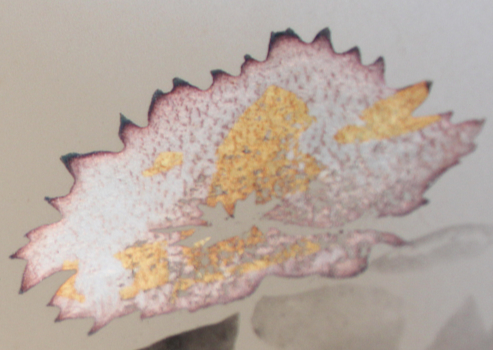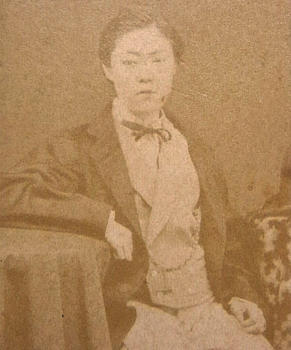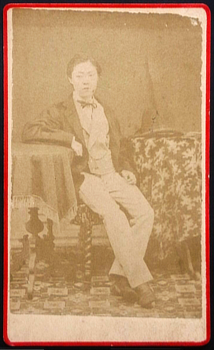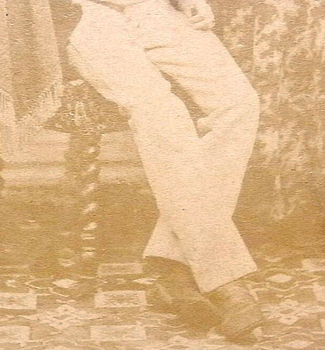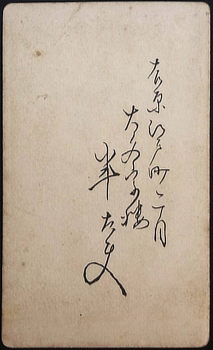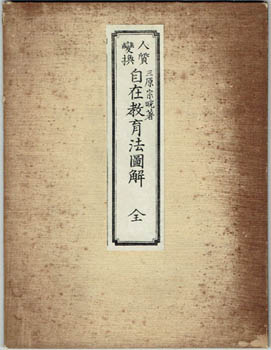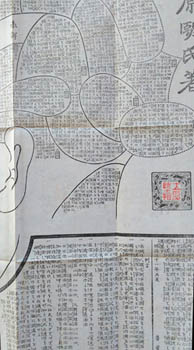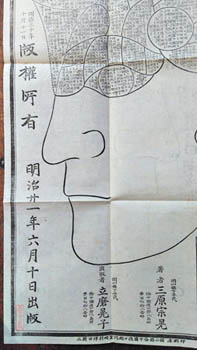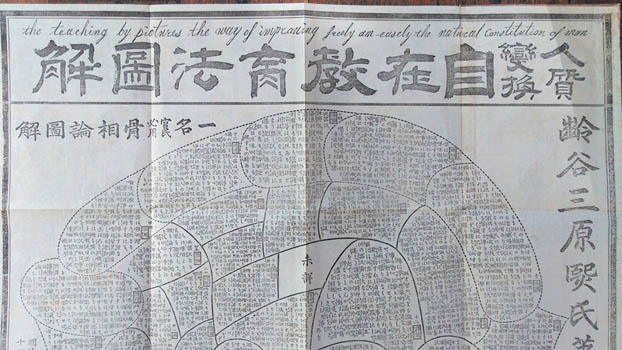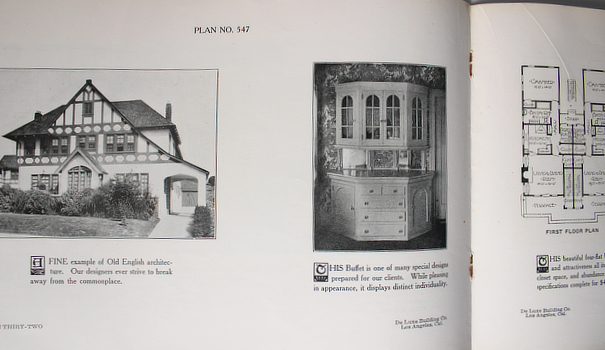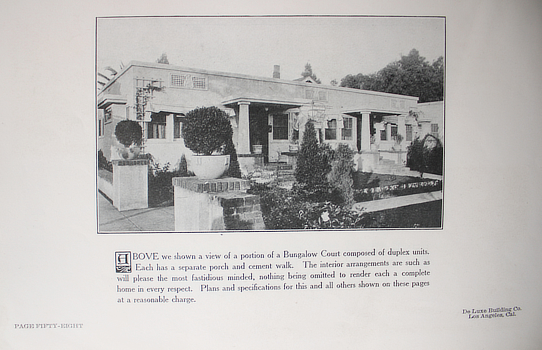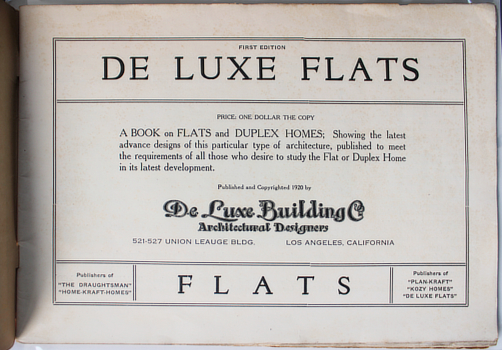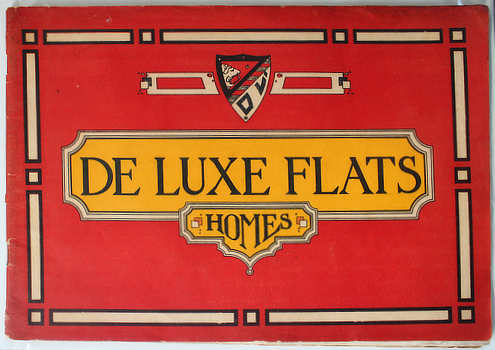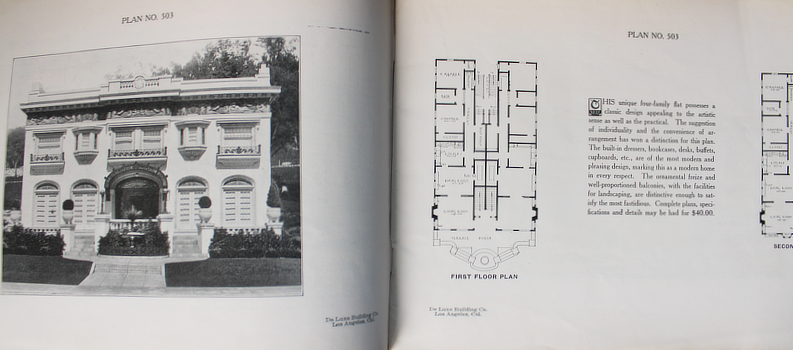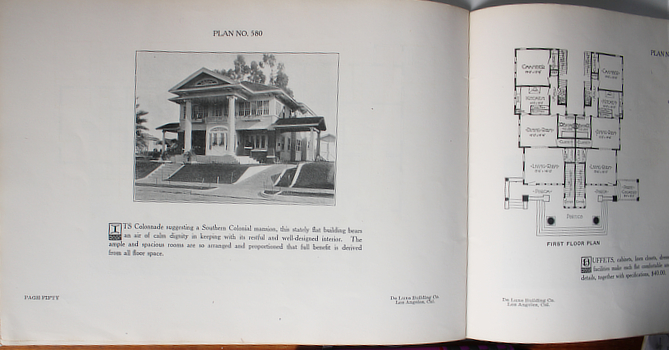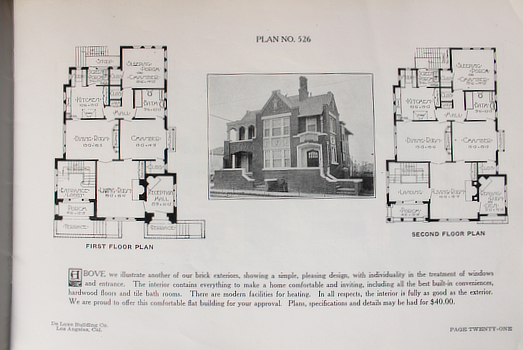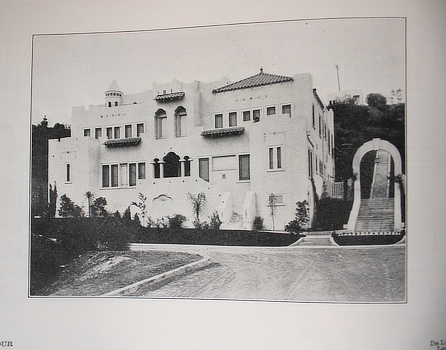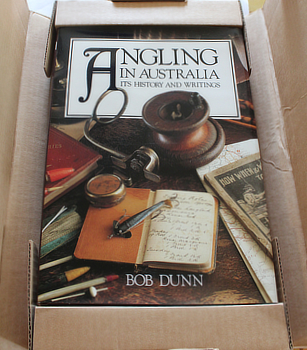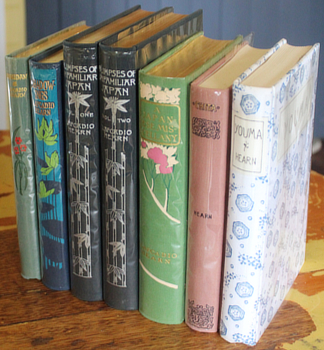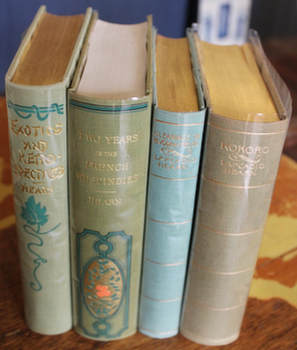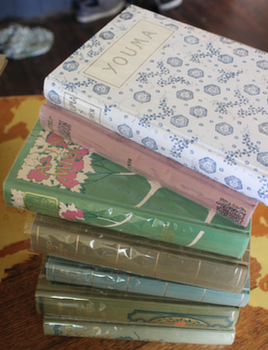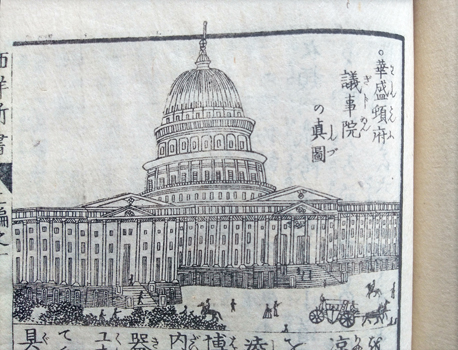The pariah, French troublemaker A
TRISTAN, Flora. Memoires et Peregrinations d'une Paria 1833-1834. Deuxieme edition. Paris, Ladvocat 1838. Two volumes quarter straight grain calf and mottled boards. With half titles and final leaf with contents and errata (this with a smudge). An excellent set.
It took me a while to decide that this is a modern binding; one of those masterpieces of period that are faultless in style, material, and execution. French binders could still turn out a proper 1840 binding a generation or two ago; can they still? The give away is the blank endpapers - the marbled endpapers are right. sold
This is not the second edition, no matter what the title page says. This is the first edition with a new title page which adds 'Memoires'. Perhaps publisher Arthus Bertrand - who pretty much made their fortune publishing official explorations and travels - became aware of what they had on their hands: a revolutionary tasteless enough to be shot by an abandoned husband. Whatever happened, it must have happened fast: copies with the Arthus Bertrand imprint are near extinct while copies with this Ladvocat imprint are merely high on the endangered list.
Two sternly truncated English translations appeared in 1986 and at least one of those translators - Jean Hawkes - thought that this supposed second edition in the same year was a sign of the book's success. I have seen that conclusion in just about every other work on Flora Tristan. These two volumes are the first half of a promised four volumes and obviously publisher, pariah, and public were not enthused enough to keep it going. Has no-one investigated? There was never a second edition. The next printing I've found is the Chilean 1941 Spanish translation. And there still isn't a complete English translation. The French didn't take much notice of Flora until she was shot but Peru did: the book was banned and burnt, or vice versa, and her Peruvian uncle cut off her allowance.
There's a lot of people working hard to raise Flora Tristan to secular sainthood, not without justification. From start to early finish her story is astonishing but she must have been, unless you were one of the many men in love with her, hard to be around for long. Aristocratic arrogance, ferocious feminism, savage socialism and mystical martyrdom all seem to have run at 127% at the same time, all the time.
Her disdain for George Sand's pusillanimous approach to men was righteous, she was never so tame. Still, I find it hard to swallow her accounts of the calm reasoned responses of South American grandees as she reviled everything that made for their existence: slavery, grinding down of women, natives, the poor ... these reports may let us read her arguments but I suspect these are the conversations she had in her head after they had bundled her off their property.
Her travels of a pariah were, by the way, to Peru in search of her father's wealthy family. She had been scurrying, penniless, around France with her daughter until then, in hiding from her husband, and she returned to continue her life of hiding until her husband tracked her down and shot her. That didn't kill her and she could come out of hiding once he was in prison. Typhoid, exhaustion, and who knows what killed her while campaigning for a universal workers' union - men and women.
